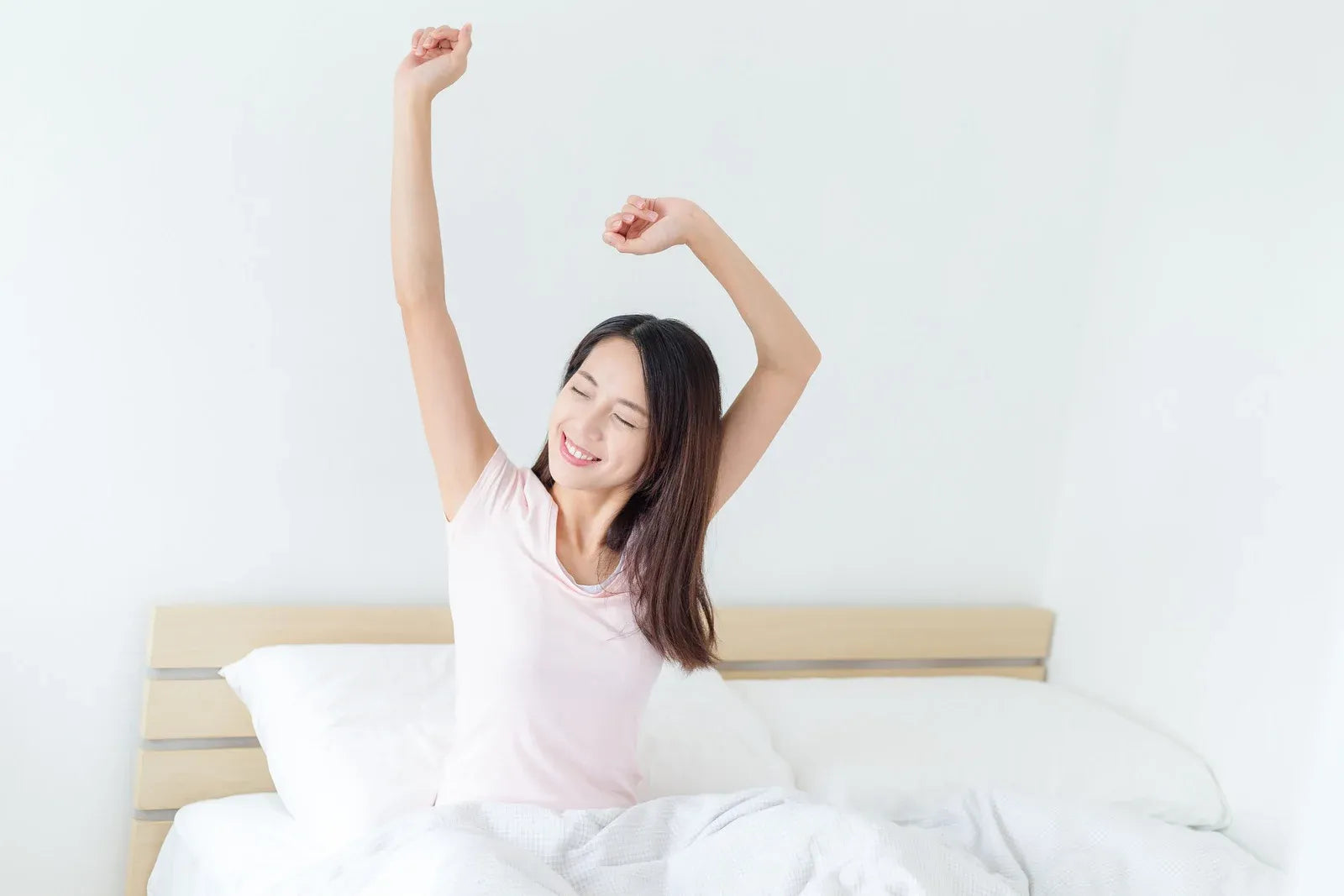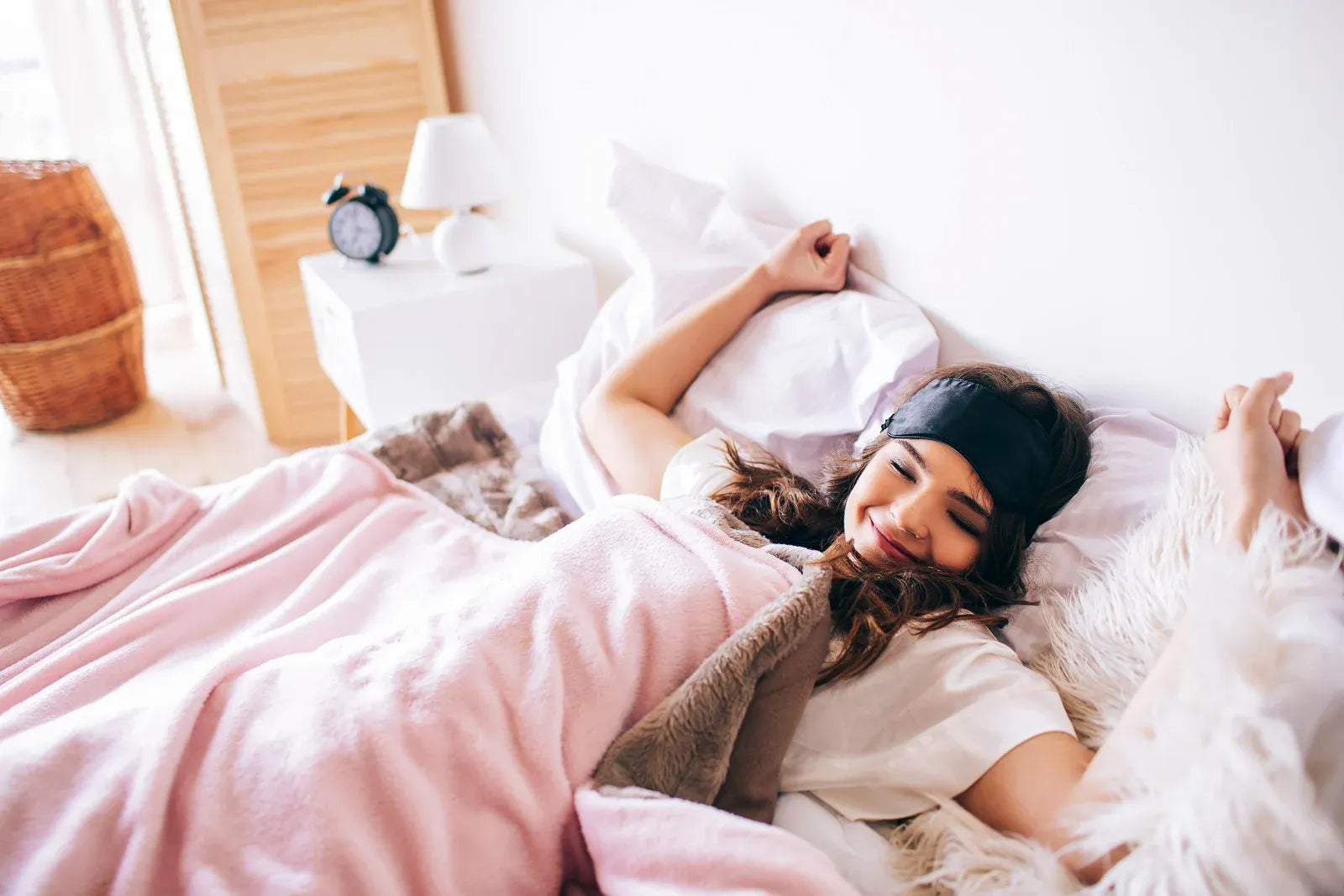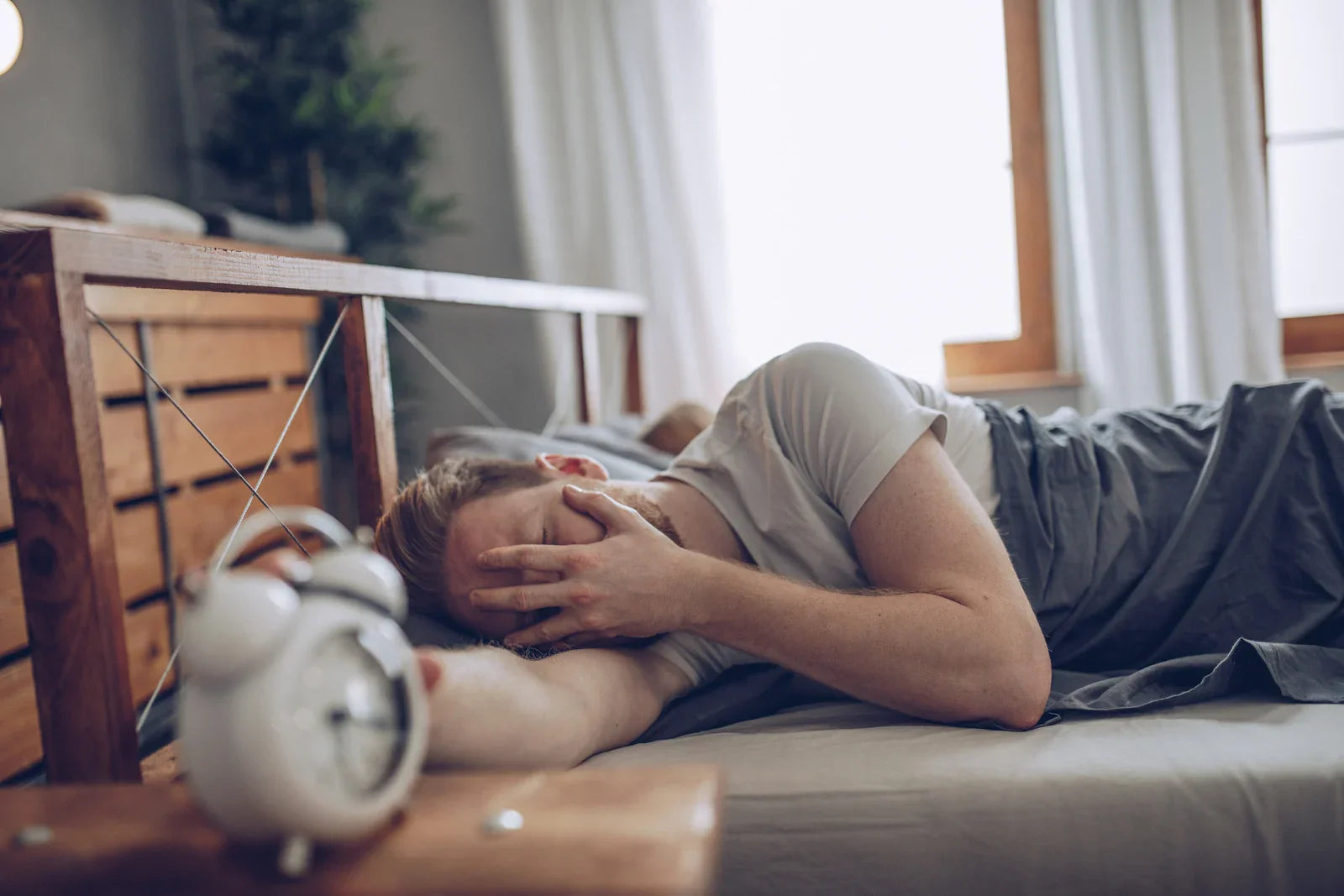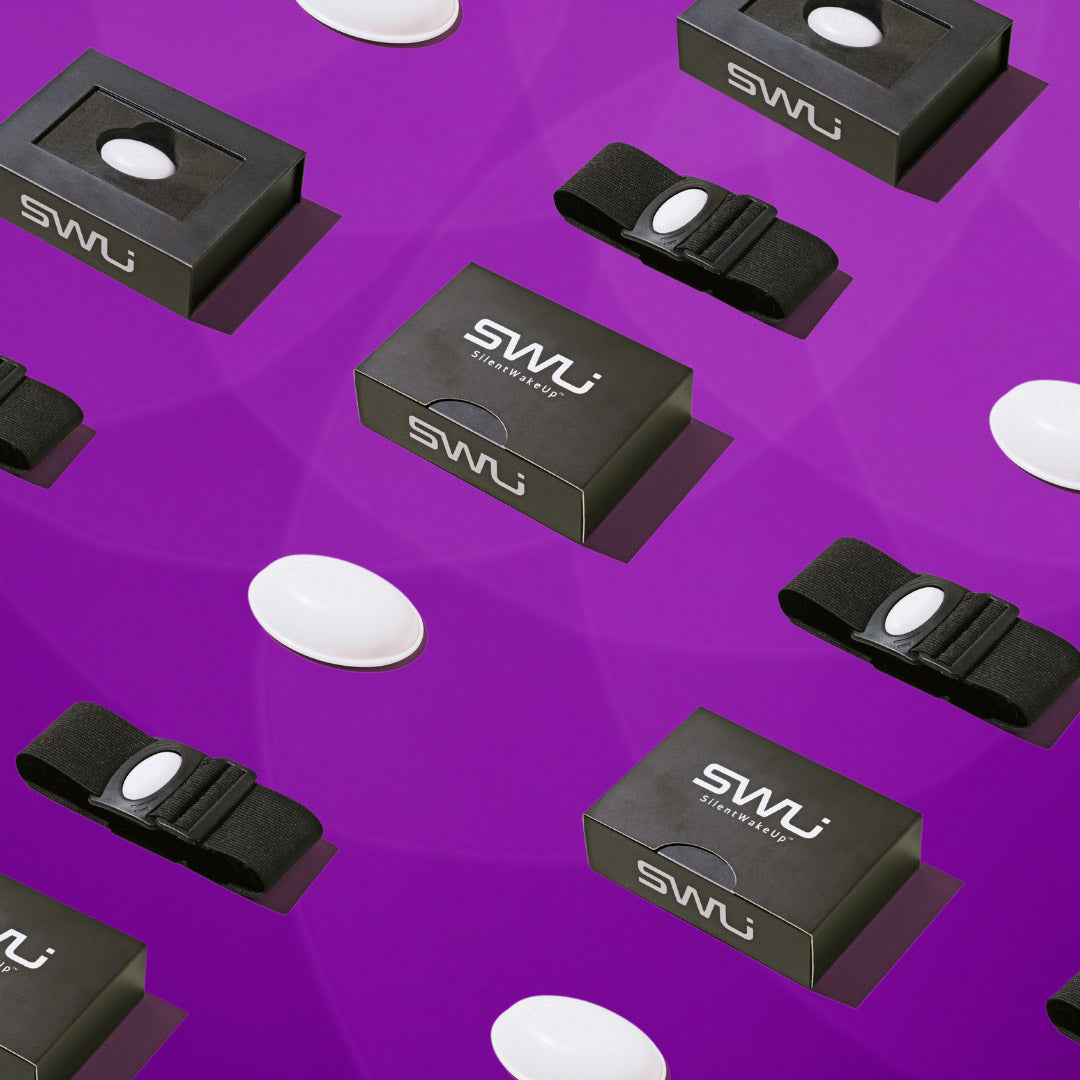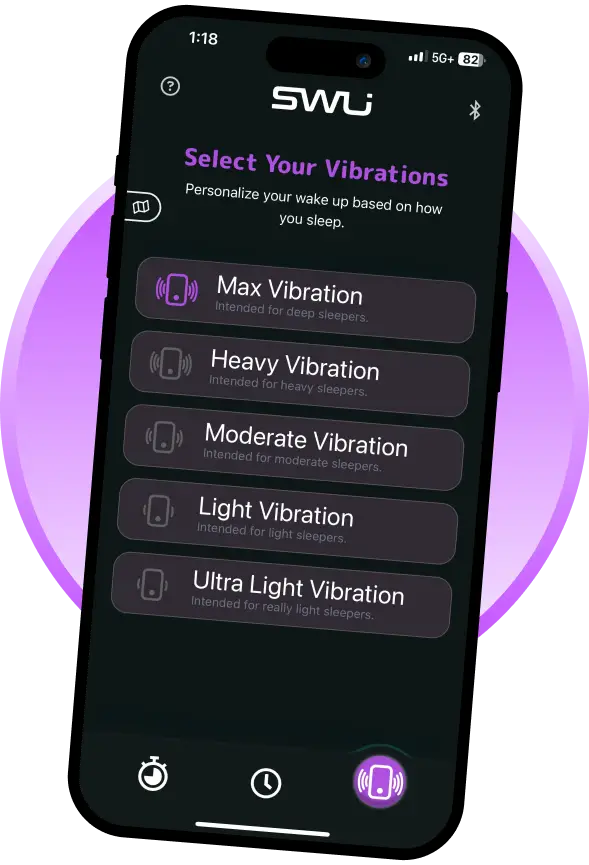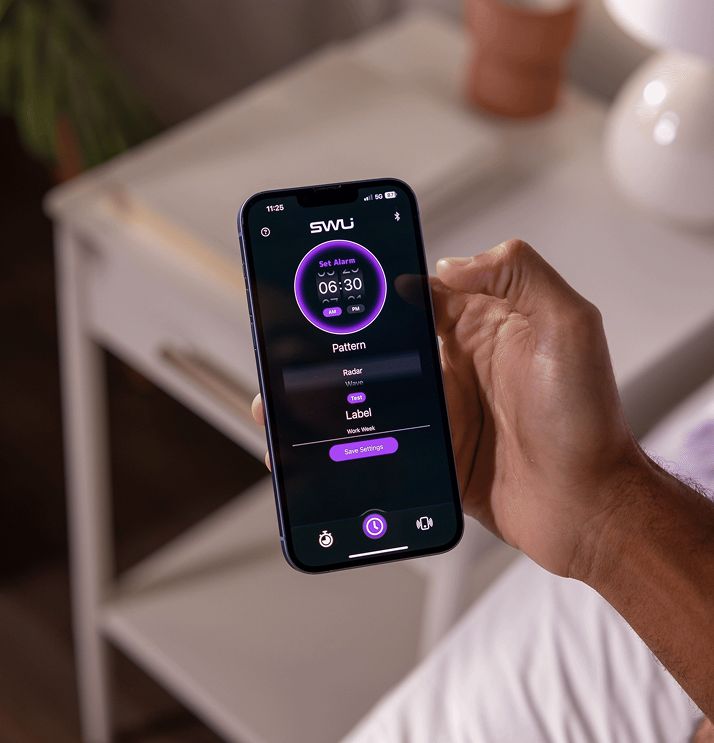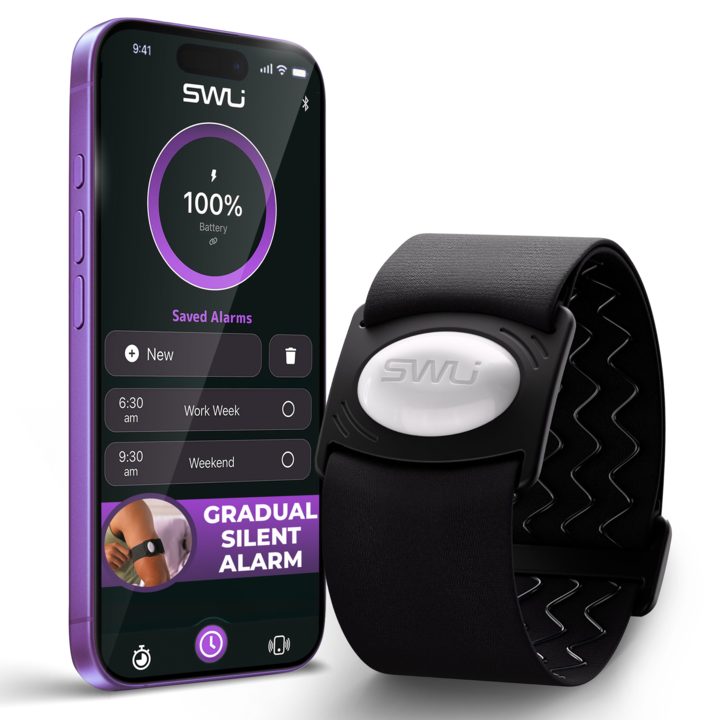For years, people have relied on light alarms, smartwatches, and bed shakers as alternatives to traditional sound-based alarms. However, each of these solutions has significant flaws, making them unreliable, disruptive, or uncomfortable for everyday use.
SilentWakeUp is designed to provide a gradual, personalized, and truly effective wake-up experience for anyone looking for a better way to start their day. Whether you’re a deep sleeper, a couple with different schedules, a parent needing quiet time before the day begins, or a student with roommates, SilentWakeUp ensures you wake up feeling refreshed without disturbing others.
1. SilentWakeUp vs. Light Alarms
Light-based alarms attempt to wake users by simulating sunrise or flashing lights, but they come with several major downsides:
❌ Ineffective in Dark Rooms – Many people sleep with blackout curtains or use sleep masks, making light alarms completely ineffective.
❌ Doesn’t Work for Deep Sleepers – Light is a passive stimulus and may not be strong enough to pull someone out of deep sleep.
❌ Disrupts Partners & Roommates – A flashing light can wake others in the room, even if they don’t need to get up.
❌ Relies on the User Facing the Light – If someone sleeps facing away or buries their face in a pillow, they may not wake up at all.
✅ Why SilentWakeUp is Better:
-
Works in any environment, whether pitch dark or bright.
-
Direct physical stimulation ensures users wake up, regardless of sleep position or sleep stage.
-
Completely silent, meaning no disruption to partners or roommates.
2. SilentWakeUp vs. Other Vibrating Alarms (Smartwatches, Wristbands)
Many smartwatches and wrist-worn vibrating alarms attempt to provide a silent wake-up method, but they have significant drawbacks:
❌ Uncomfortable to Wear Overnight – Wristbands can be tight and restrictive, making them irritating for overnight wear.
❌ Weak Vibrations – Many smartwatches have low-intensity vibrations, which may not be strong enough to wake deep sleepers.
❌ Short Battery Life – Most smartwatches require daily or frequent charging, which is inconvenient and easy to forget.
✅ Why SilentWakeUp is Better:
-
Designed for comfort – Worn on the bicep with a breathable, lightweight mesh band that doesn’t feel restrictive.
- Adjustable vibration strength – Unlike other vibrating alarms, SilentWakeUp offers customizable intensity levels to suit individual wake-up needs.
- Gradual Wake-Up Feature – Instead of shocking users awake, SilentWakeUp gradually increases vibration intensity, allowing a more natural transition to
- wakefulness.
-
Long battery life – Lasts up to six months on a single battery, eliminating the need for daily charging.
3. SilentWakeUp vs. Bed Shakers
Bed shakers are commonly used as an alternative alarm, but they come with several major flaws:
❌ Wakes Up Everyone in the Bed – Since the shaker is placed under the mattress or pillow, it vibrates the entire bed, disturbing partners or anyone sharing the space.
❌ Easily Dislodged or Misplaced – Bed shakers often move out of place during the night, reducing their effectiveness.
❌ Limited Customization – Most bed shakers only have one vibration setting, meaning they can’t be adjusted for individual wake-up preferences.
✅ Why SilentWakeUp is Better:
- Perfect for couples with different schedules, allowing one person to wake up without disturbing their partner.
- Secure placement – Worn directly on the bicep, ensuring it stays in place no matter how much the user moves.
-
Customizable vibration patterns – Users can choose from different vibration intensities and patterns to match their personal comfort and wake-up style.
4. The SilentWakeUp Difference: Gradual & Personalized Waking
What truly sets SilentWakeUp apart is its gradual wake-up process and customizable settings, offering a more natural and stress-free way to wake up. Unlike other vibrating alarms that immediately start at full intensity, SilentWakeUp:
✅ Starts with gentle vibrations and gradually increases in intensity, preventing the shock of being abruptly woken up.
✅ Allows users to personalize their vibration strength and patterns to create an experience tailored to their needs.
✅ For deep sleepers, it solves the problem at the source – Instead of making the deep sleep experience more jarring, SilentWakeUp gradually transitions them from deep sleep to light sleep before fully waking them up.
✅ Feels like you’ve slept in every morning – The slow, natural transition makes waking up feel effortless and refreshing.
Conclusion: A Smarter, More Personalized Wake-Up Solution
For years, people looking for a better wake-up experience have been forced to rely on solutions that don’t fully meet their needs. Bed shakers wake up everyone, light alarms don’t work in all conditions, and vibrating wristbands are uncomfortable and weak.
SilentWakeUp is the first truly effective, comfortable, and customizable wake-up solution, providing:
✅ A gradual, stress-free wake-up process
✅ Customizable vibration patterns and intensity levels
✅ A comfortable, non-restrictive design
✅ Reliability in all sleep environments
✅ A long battery life with no daily charging required
✅ Perfect for couples, parents, students, and deep sleepers
It’s time to say goodbye to ineffective wake-up solutions and embrace a smarter, more enjoyable way to start the day.
 Free Shipping on all orders
Free Shipping on all orders
 30-DAY MONEY BACK GUARANTEE
30-DAY MONEY BACK GUARANTEE
 SUMMER SALE 30% OFF
SUMMER SALE 30% OFF
 1000+ HAPPY CUSTOMERS
1000+ HAPPY CUSTOMERS
